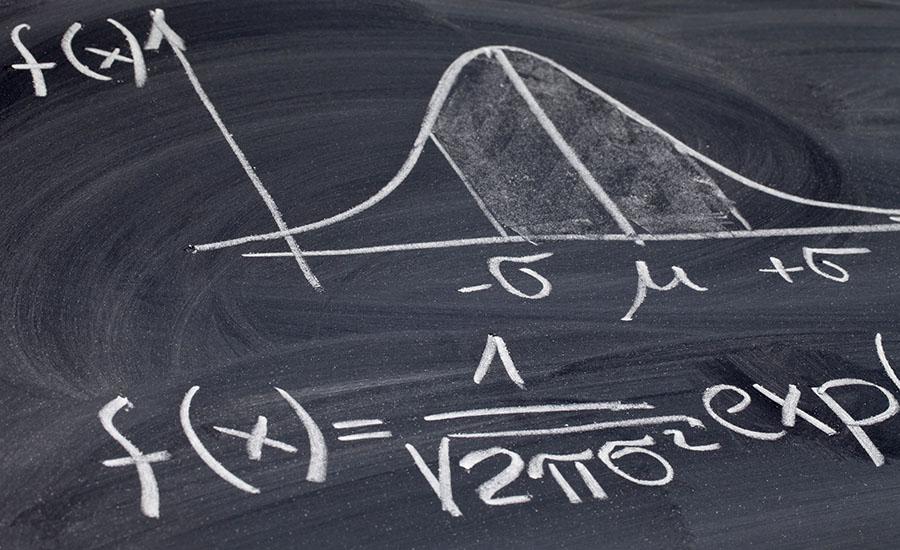
An Inquiry Approach to Circular Motion
This lesson uses a Modeling Instruction approach to developing the graphical and mathematical relationships for Circular Motion for students in Grades 9-12. Students design an experiment, collect data using an online simulation, plot their results, and derive the relationship between net force, mass, velocity, and radius. Materials used include a Centripetal Force Apparatus, The Physics Aviary’s Classic Circular Force Lab simulation, Vernier's Graphical Analysis app, and Readings (links provided in the slide deck).
Lesson Plan Link/URL
https://docs.google.com/presentation/d/1L-1VLlReCVKbsElyk2f6DYCv_IdMZV_4/edit?u…Subject Area
Science Physical Science P3: Net Force Earth and Space Science E2: Earth & the Universe Technology 5. Computational Thinker Mathematics Measurement and Data (MD) Expressions and Equations (EE) Algebra (A) English Language Arts (ELA) Reading (Informational Text)Related Content

This engaging lesson is an introductory lesson regarding the size and scale of the Universe and objects within. This was designed for high school Astronomy but is easily useable with ages down through

The purpose of this lesson is to introduce and apply the concept of frequency. Students will begin by a motivating “click the mouse” challenge. This will help them to develop the concept of frequency

This lesson plan focuses on the following standards : HS.P3U2.7 Use mathematics and computational thinking to explain how Newton’s laws are used in engineering and technologies to create products to